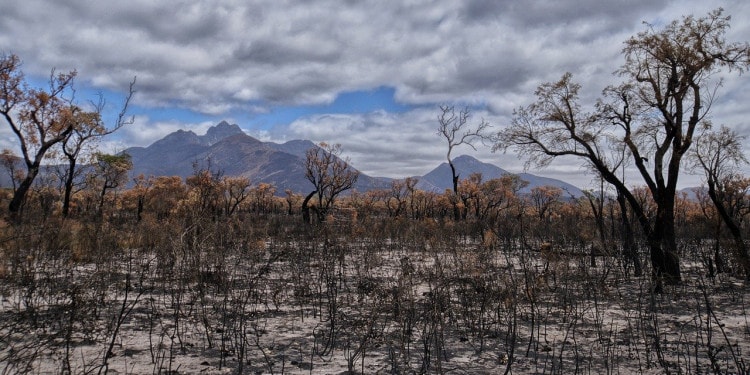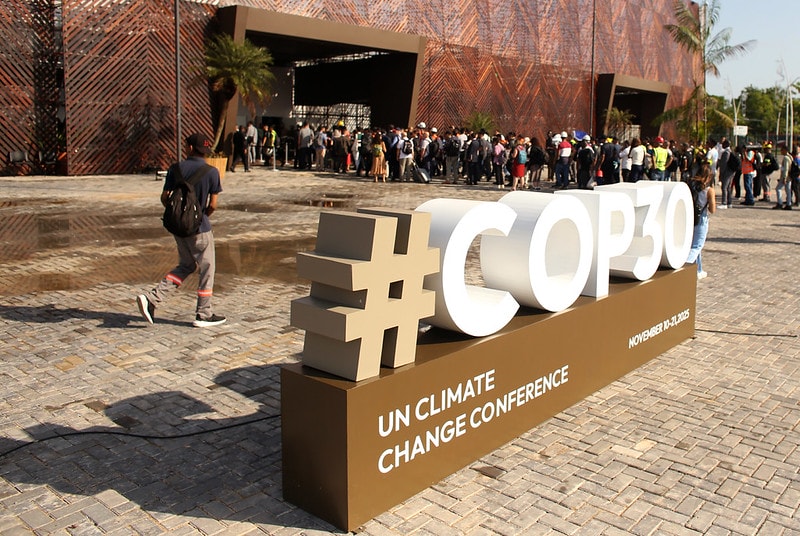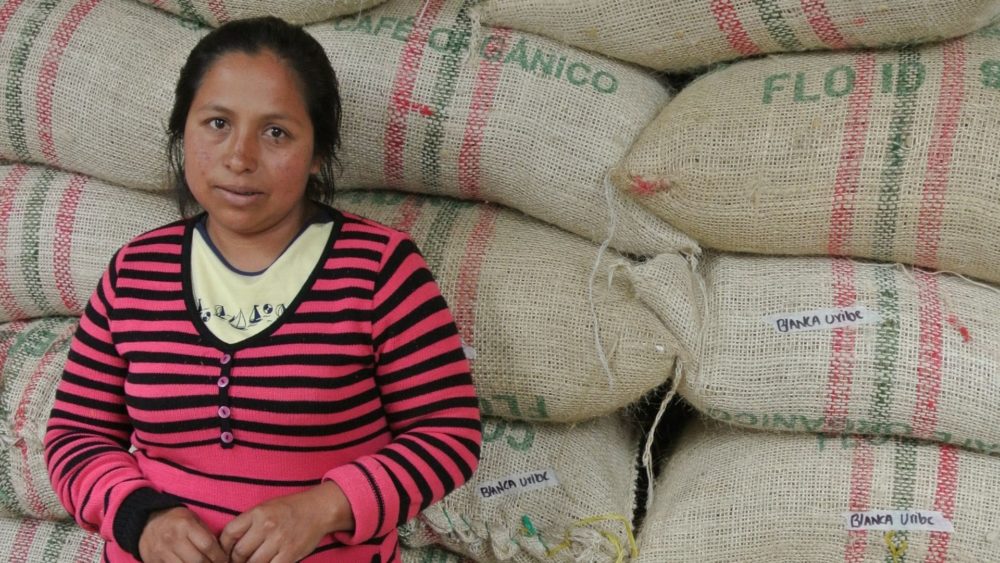A much-welcome visitor slithered across my property on the clifftop the other day – a magnificent 3 meter-long Diamond Python, native to our area, non-venomous and complete with at least two distinctive ‘bumps’, suggesting it had recently enjoyed “lunch” of some description! On its way down to the hanging swamp below, it was a delight to behold, as are all forms of ‘wild things’ coming and going here. We all know that rewilding our world is critical for our planet.
And rewilding also means allowing the wild ”in” – no matter where we are.
In the Blue Mountains where I live, we are surrounded by the wild and the magnificence of the World Heritage Blue Mountains. We are nurtured and sustained by this magic in a string of villages confined to the ridges and embraced by a fantastic wilderness holding at least 30 percent of all Australia’s birdlife. To wake up each morning to the sound of exquisite birdsong is a gift, and a gift we have in abundance here!
That’s just for starters, of course, and let’s not forget those tree dinosaurs, the Wollemi Pines! There’s lots more in this treasure trove of biodiversity not found anywhere else in the world.
A single bushfire season has raged for months across Australia, including menacing, large fires here. While there has been damage to wilderness, property, and livelihoods (we are a significant tourist attraction, and the bushfires harmed visitation), this ancient landscape has survived.
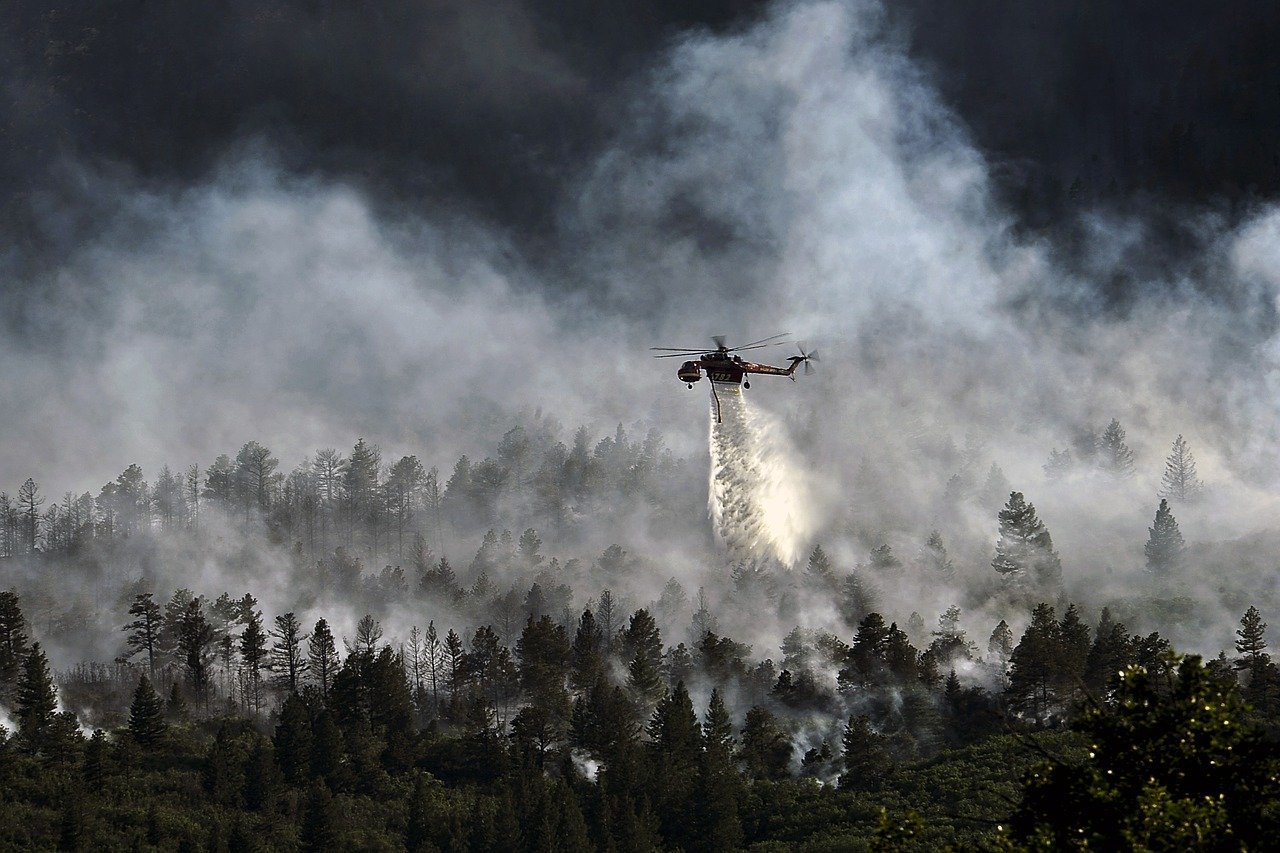
“Our large national parks, those big wilderness areas, did their job well, Like battleships of old, the wilderness is designed to take a hammering from fire. There were losses, but nearly all will recover with nearly a full complement of wildlife, provided we assist that recovery right now”, said Keith Muir, Director, The Colong Foundation For Wilderness. He also went on to explain: “the size and diversity of landscapes, complete with old-growth ecosystems in the wilderness, are more likely to survive than in smaller, fragmented reserves.”
Doesn’t this make complete sense and further justification for creating more ‘wild’ – not less?
Those words were so reassuring to hear, as many of us struggle to come to terms with what has happened here in Australia this Summer:
Has a major ‘tipping point’ been reached? It would appear so. We are going through a collective grieving over what has been lost, and a realization that our lives have changed forever.
Australia, being the driest inhabited continent on the earth, is the canary in the coalmine regarding climate change. What happened here, this past Summer can occur anywhere in the world – later.
The world community has its eyes on Australia now. What a great feeling! With your continued watchfulness and many ‘noisy’ people in Australia, myself included, particularly at the grassroots, we are determined to rebuild – and rebuild differently.
Two distinct realities stand out, if we are serious about constructive change: National rewilding of Australia on a grand scale (conducted for decades at least, and overseen by an independent authority) carried out with high sensitivity to habitats and ecosystems. Not industrial-scale plantings to chase carbon credits – like the 20 Million Trees program touted by some Federal politicians, and concocted to prop up the fossil fuel industry. (Assisted natural regeneration, including the creation of tree islands, is an alternative strategy). There is also the profound need to dramatically reduce animal agriculture in this country – although I guess we could go further and say extensive agriculture’ (the agricultural equivalent of ‘urban sprawl’). Loss of our forests, natural vegetation, and extensive agriculture are intrinsically linked. We need to address both.
We all know trees make rain through a process called evapotranspiration, yet on this ancient land, we have removed around 50% of our forest cover in 200 years. Land-clearing continues. Of the 100 million hectares that have been cleared since white arrival, at least 70 percent has been for grazing. Sheep and cattle graze over 400 million hectares of Australia. We crop just 27 million hectares. Our towns and cities cover just 3 million hectares.

The Australian stockfeed industry uses about 10 million tonnes of feed annually, processed by at least 101 manufacturing sites. Poultry, dairy, and beef feedlots are significant consumers. Pulses have become an increasingly popular feed source for farm animals, with 10-20% of the diet comprising various pulses, according to an information sheet produced by Pulse Australia.
Two-thirds of meat eaten in Australia comes from factory farms, and most of the water taken from our rivers is for the production of meat and dairy products. We also import some 700,000 tonnes of soy meal to feed annually. Such an inefficient way to ‘grow protein.’
Reducing farm animal populations means that pulses and other grains for human consumption do not use up land that is then freed for rewilding as less land will be required. Also, alternative livelihoods are created on the land, as people are being paid to rewild the landscape with ongoing training and support.
The tragedy of seeing farms devastated during this bushfire season, with some farmers going through the trauma of having to shoot badly-burnt animals, should never be repeated. Restocking is not a desirable way forward in this era of climate change and extreme weather.
There is a risk that regular mass incineration of farm animals will increase. All lives are precious – farm animals included.
We already have a considerable pulse industry in Australia occupying diverse environments from Queensland, through New South Wales, Victoria, South Australia, across to Western Australia.
Demand for plant-based meat alternatives, as a high-impact solution to addressing climate change and attracting considerable investment internationally, could see the pulse industry here rebrand as a Southern Hemisphere Plant Protein Supercluster, growing even more different pulses and ancient grains specifically for this market and our climate.
Taking Sorghum as an example, 17 of the 25 varieties of Sorghum are native to Australia, and wild soybeans were growing in Australia before the white occupation. Manufacturing, research, and development, supply chains are in their infancy here in this plant-based meat sector.
There is so much potential for employment and sustainable growth, primarily through exports to Asia.
One in three Australians are now also limiting their meat consumption, and 20% of meat-eaters here have reduced their meat consumption, according to reports commissioned by Food Frontier, a premier Australian think tank working to accelerate growth in plant-based meat and cell-based meat across the Asia Pacific region. Barclays analysts in 2019 predicted alternative meats could be worth $140billion in ten years.
The other benefit of pulses is their ability to fix nitrogen and act as carbon-sink.
Perhaps the Australian Government could take a leaf out of the UK’s commitment to being a net-zero economy by 2050. With some options for driving emission reductions in the agricultural sector. That would include reducing food waste and consumption of the most carbon-intensive foods by reducing food waste by 20 percent and the consumption of beef, lamb, and dairy by at least 20 percent per person.
Prepared by the Committee on Climate Change in a report entitled Land use: Policies for a Net Zero UK it also includes measures to enable rapid change and new funding and revenue-raising actions, with public financing encouraging low carbon farming practices and precision farming.
In contrast, the Australian Government’s Drought Response, Resilience, and Preparedness Plan, with thankfully climate change being referred to on page 9, is more reactive than creative.
It generally supports the same farming practices, with no mention of the importance of urban agriculture and its link to food security in the 21st century. Yet from kitchen gardens to community gardens, community farms, rooftop gardens, high-tech energy-efficient embedded commercial-scale vertical farming systems, there is a whole wealth here.
No mention is made of the developments in cellular agriculture and its potential to replace industrial animal agriculture, producing meat far more sustainably and humanely even in urban environments in the not-too-distant future.
Just this week, Memphis Meats received $161million in the second round of funding, which will help to establish a production facility. Richard Branson, among others, proudly-announced this latest positive development in the cell-ag space. No mention either of precision fermentation or algae farms (such as Qponics on the Queensland coast which received funding from the Federal Government’s Cooperative Research Centres Project) as smart solutions to producing food for humanity, especially with a looming global protein shortage around the corner.
Huge expenditure instead is planned or underway for water infrastructure capital commitments with dams, weirs, irrigation schemes covering millions and millions of dollars. For example, Dungowan Dam funding is up to $242m. There’s just that little problem around rain – or lack of it – to fill those dams!
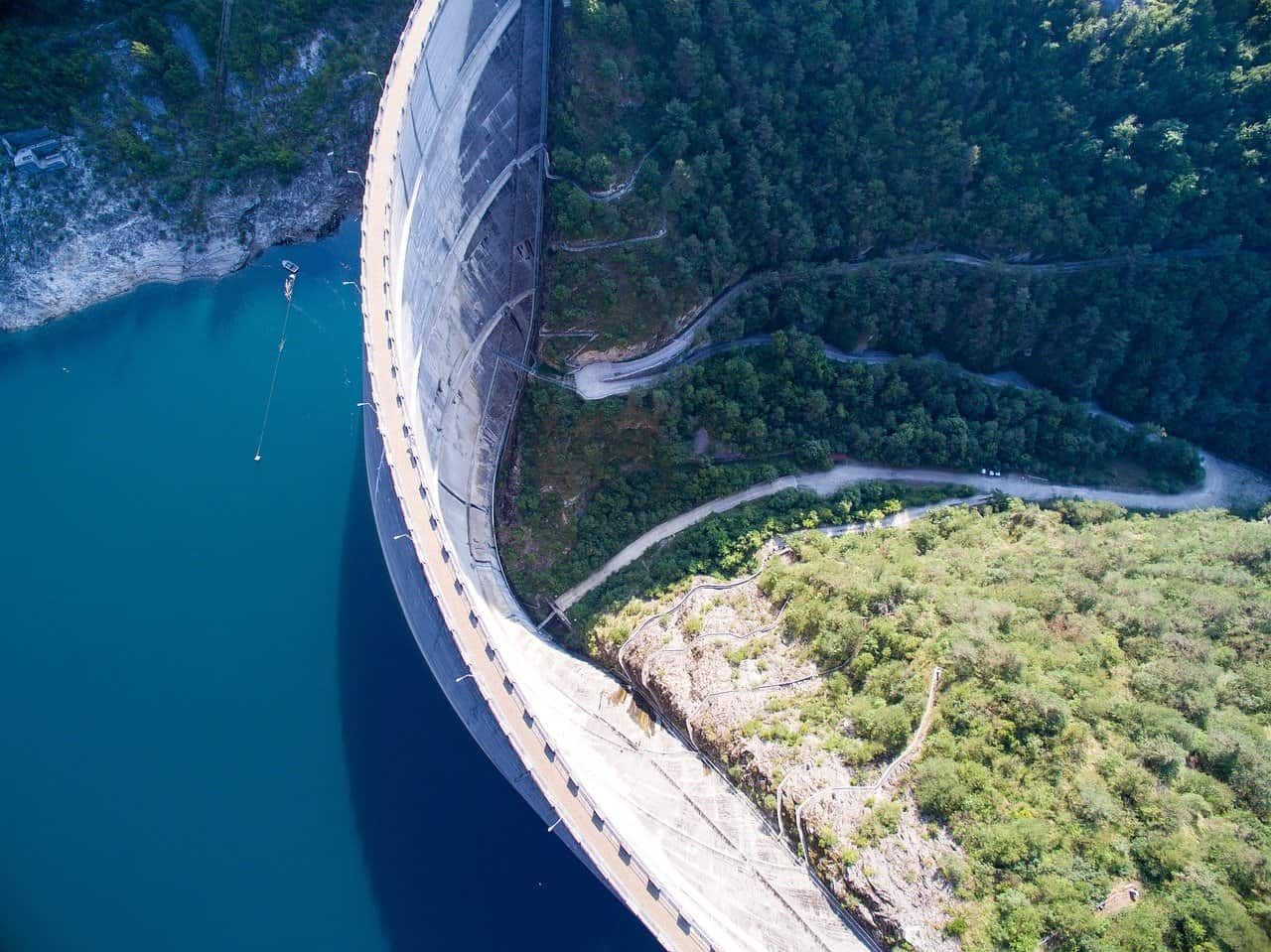
Surely far better to put in place strategies to restore the landscape – rewilding it – with multiple benefits. And far better to introduce a defined phase-out plan for wasteful extensive agricultural practices like factory farming. Impose a meat tax directed at such production, to incentivize the switch to alternatives.
Funding and support (including ‘tech for good’) could also then go to strengthen innovative, ethical, sustainable, and humane small producers and family farms, especially our fruit and vegetable growers, to ensure their survival. In the end, they should be paid top price for their good, clean, and fair food.
Our planet needs them.
COP25 in Madrid late last year stressed the need for ‘radical transformational change’ of the food system. Half of food production today violates planetary boundaries relevant to farming, such as impacting biodiversity, too much nitrogen, too much freshwater and cutting down forests.
Hunger has risen 3 years in a row. The power structures do not work.
A New Way of Doing Things: Rewilding
There must be a new way of doing things and that will involve radical structural change. Australia is not immune from this. In fact, Australia cannot go forward with any certainty of having a future unless we embrace radical change.
Extensive agriculture is at the front and center of this change. We have a huge moral obligation to make the necessary changes immediately to ward off untold suffering here and across the globe. Australia is part of the world community.

Climate change will continue to affect not only the quality of all life on earth but also economies.
Our finite, natural capital – air, soil, water, is being severely compromised. Last week, the Reserve Bank in Australia was warned it may have to buy up coal mines and fossil-fuel power stations as part of extraordinary actions to save the economy from climate change-induced financial disaster.
A Deloitte survey of more than 2000 global executives found pressure from external stakeholders and employees led to leaders shifting their views on the risks of climate change. A great example of consistent grassroots engagement to the rescue!
In the spirit of rewilding, I will continue to have what I call these ‘wild imaginings’ for my country and our planet and the absolute belief that we can achieve the seemingly impossible, with seconds to spare. Too many of us simply CARE.


